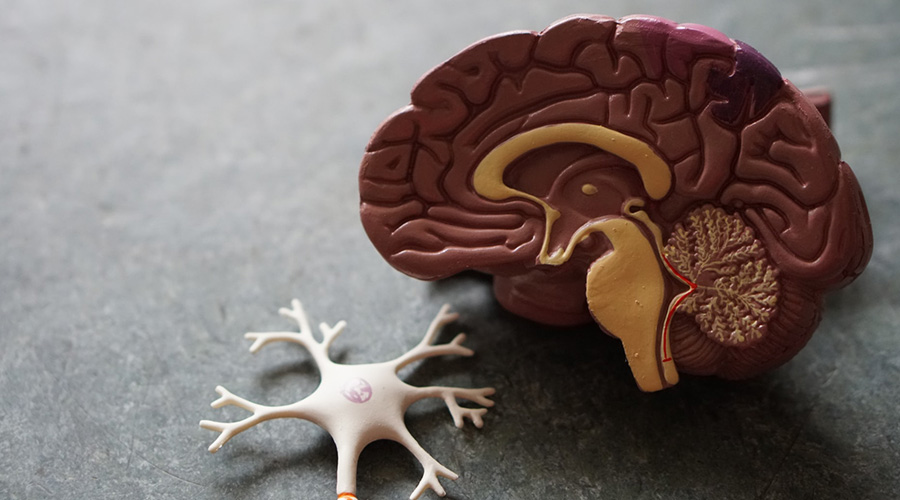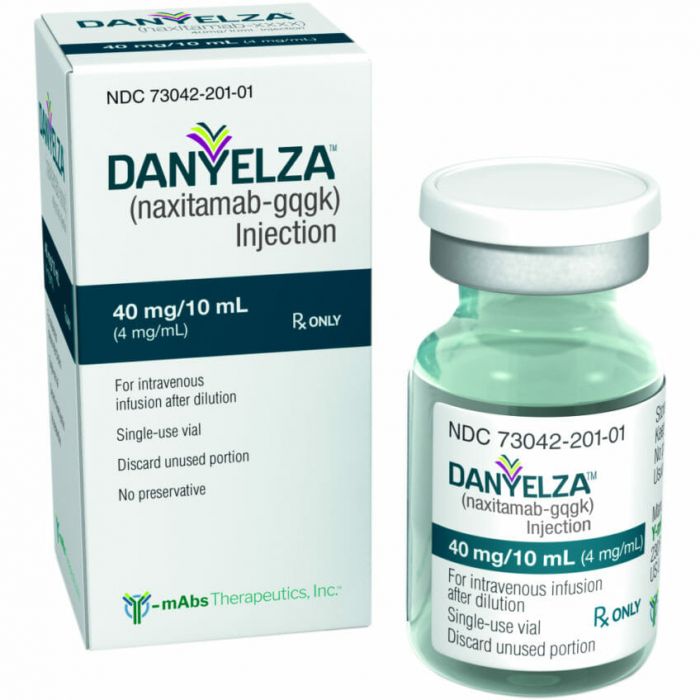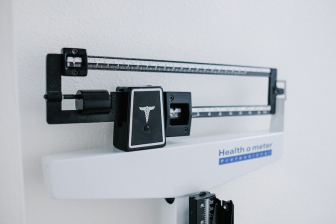New Neuroblastoma Treatments 2022
Last updated: 13 November 2023

You can legally access new medicines, even if they are not approved in your country.
Learn howWhat is Neuroblastoma cancer?
Neuroblastoma is a type of cancer that is formed by nerve cells called neuroblasts. Usually, these very early forms of nerve cells develop into adult nerve cells, but in neuroblastoma these cells develop into cancer cells instead. This type of cancer occurs most commonly in infants and young children. Neuroblastoma normally forms in the fetus, before a child is born.1,2
Neuroblastoma grows in the nervous system, outside of the brain. In severe cases, the tumor has spread (metastasized) to the bone or bone marrow.1,2
What causes Neuroblastoma?
Even though there are risk factors for developing neuroblastoma, the exact cause of the disease is not yet known. Most neuroblastomas are not hereditary, they do not seem to run in families. About 1% to 2% of children with neuroblastoma have a family history of the disease. In most other cases the cause is never identified.1,2
Neuroblastoma symptoms
Neuroblastoma can start in different places in the body. The most common symptoms of neuroblastoma occur when the growing cancer presses on nearby tissues or when it spreads to other areas. Some of the symptoms a child may have are:1,2
- Lump or swelling in the belly that doesn't seem to hurt
- Swelling in the legs or in the upper chest, neck, and face
- Problems with breathing or swallowing
- Weight loss
- Not eating or complaining about feeling full
- Problems with bowel movements or urinating
- Pain in bones
- Lumps or bumps under the skin, which may appear blue
- Drooping eyelid and small pupil (the black area in the center of the eye) in one eye
- Problems being able to feel or move parts of the body
- Eyes that appear to bulge and/or bruising around the eyes
Treatment for Neuroblastoma
There are different neuroblastoma treatment options. Depending on the risk group of the cancer, the child’s age, and other factors, the treating doctor will decide what is the best treatment. This might include more than one type of treatment.3
The main treatments for neuroblastoma include:
- Neuroblastoma surgery
- Chemotherapy
- Radiation therapy
- High-dose chemotherapy and stem cell transplant
- Retinoid therapy
- Immunotherapy
Neuroblastoma treatment side effects
Patients with neuroblastoma can have long-lasting side effects. Most of these side effects depend on the type of treatment a child had, where the tumor was located, and how old the child was during treatment. Some of the possible long term effects include:4
- Hearing loss
- Problems with bones and muscles, like scoliosis (curving of the spine)
- Thyroid problems
- Problems with growth and development
- Fertility problems
- Neurological (nervous system) problems
- Second cancers, including leukemia
- Emotional or psychological issues
What is the survival rate for Neuroblastoma?
The 5-year survival rate, which is the percentage of children that are alive at least 5 years after the cancer is found, for neuroblastoma is 81%. This percentage depends on the severity of the disease.5
For children with low-risk neuroblastoma, the 5-year survival rate is more than 95%. For children with intermediate-risk neuroblastoma, the 5-year survival rate is between 90% and 95%. For high-risk neuroblastoma, the-5-year survival rate is around 40% to 50%.5
What are new Neuroblastoma treatments?
There are several approved new treatments for neuroblastoma. Here are some of them:
Danyelza (naxitamab-gqgk)6,7
Danyelza (naxitamab-gqgk) is a type of immunotherapy used in combination with a medicine called granulocyte-macrophage colony-stimulating factor (GM-CSF) to treat adults and children aged 1 year and older with high-risk neuroblastoma in the bone or bone marrow that:
- has come back (relapsed) or that did not respond to previous treatment (refractory), and
- has shown a partial response, minor response, or stable disease to prior therapy.
Danyelza (naxitamab-gqgk) was approved for the treatment of patients living with refractory relapsed neuroblastoma by:
- The Food and Drug Administration (FDA), on November 25, 2020.
Qarziba (dinutuximab beta)8
Qarziba (dinutuximab beta) is a type of immunotherapy used to treat high-risk neuroblastoma in patients over 1 year of age. It is used in patients:,/p>
- who have had some improvement with previous treatments, which included blood stem-cell transplantation;
- whose neuroblastoma has not improved with other cancer treatments or has come back.
Qarziba (dinutuximab beta) was approved for the treatment of high-risk neuroblastoma by:
- The European Medicines Agency (EMA), on May 8, 2017.
Unituxin (dinutuximab)9
Unituxin (dinutuximab) is a type of immunotherapy used with other medicines to treat high-risk neuroblastoma. It is usually given after the child has had some improvement from other treatments.
Unituxin (dinutuximab) was approved for the treatment of high-risk neuroblastoma by:
- The Food and Drug Administration (FDA), on March 10, 2015.
- The European Medicines Agency (EMA), on August 14, 2015, but since 2017 it is withdrawn from use in the European Union.
If you are trying to access new Neuroblastoma drugs that are approved outside of your country of residence, we might be able to help you access it with the support of your treating doctor. You can read more about the medicines we can help you and your doctor access and about their price below:
Why access and buy treatments for Neuroblastoma with everyone.org?
everyone.org is registered in The Hague with the Dutch Ministry of Health as a pharmaceutical wholesale distributor (registration number 16258 G). We have helped patients from over 85 countries to access thousands of medicines that are not yet approved in their home country, including patients suffering from Psoriatic Arthritis. With a prescription from your treating doctor, you can count on our expert team to safely and legally guide you to access Psoriatic Arthritis medicines in your country. If you or someone you know are looking to access a medicine that is not yet approved where you live, we will support you. Contact us for more information.
References:
- cancer.org - Neuroblastoma
- cancer.net - Neuroblastoma
- cancer.org - treating Neuroblastoma
- cancer.org - effects Neuroblastoma
- cancer.org - statistics
- Danyelza (naxitamab-gqgk)
- FDA Danyelza
- EMA Qarziba
- FDA Unituxin
Disclaimer: This article is not meant to influence or impact the care provided by your treating physician. Please do not make changes to your treatment without first consulting your healthcare provider. This article is not intended to diagnose or treat illness or to influence treatment options. everyone.org is as diligent as possible in compiling and updating the information on this page. However, everyone.org does not guarantee the correctness and completeness of the information provided on this page.






